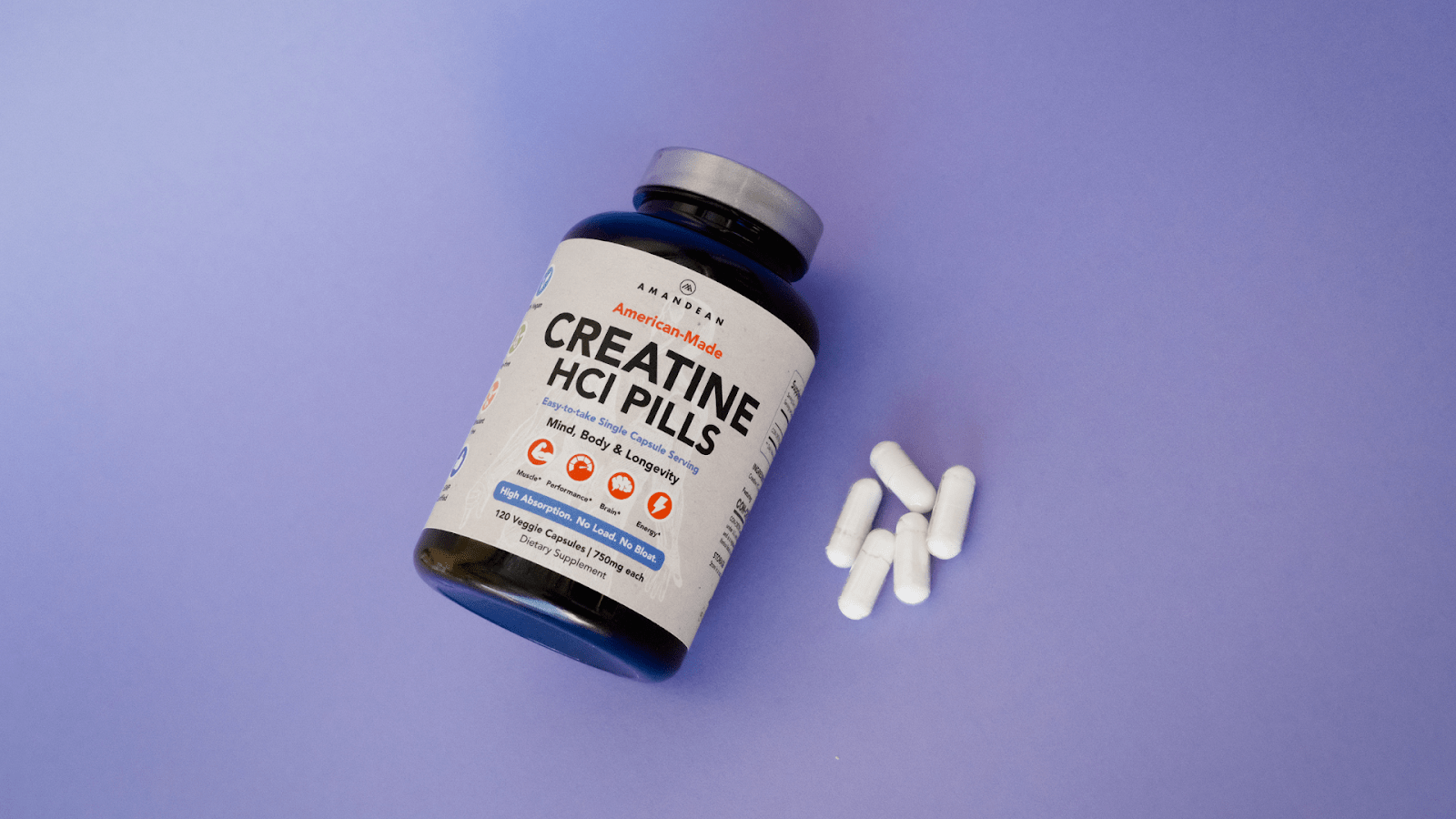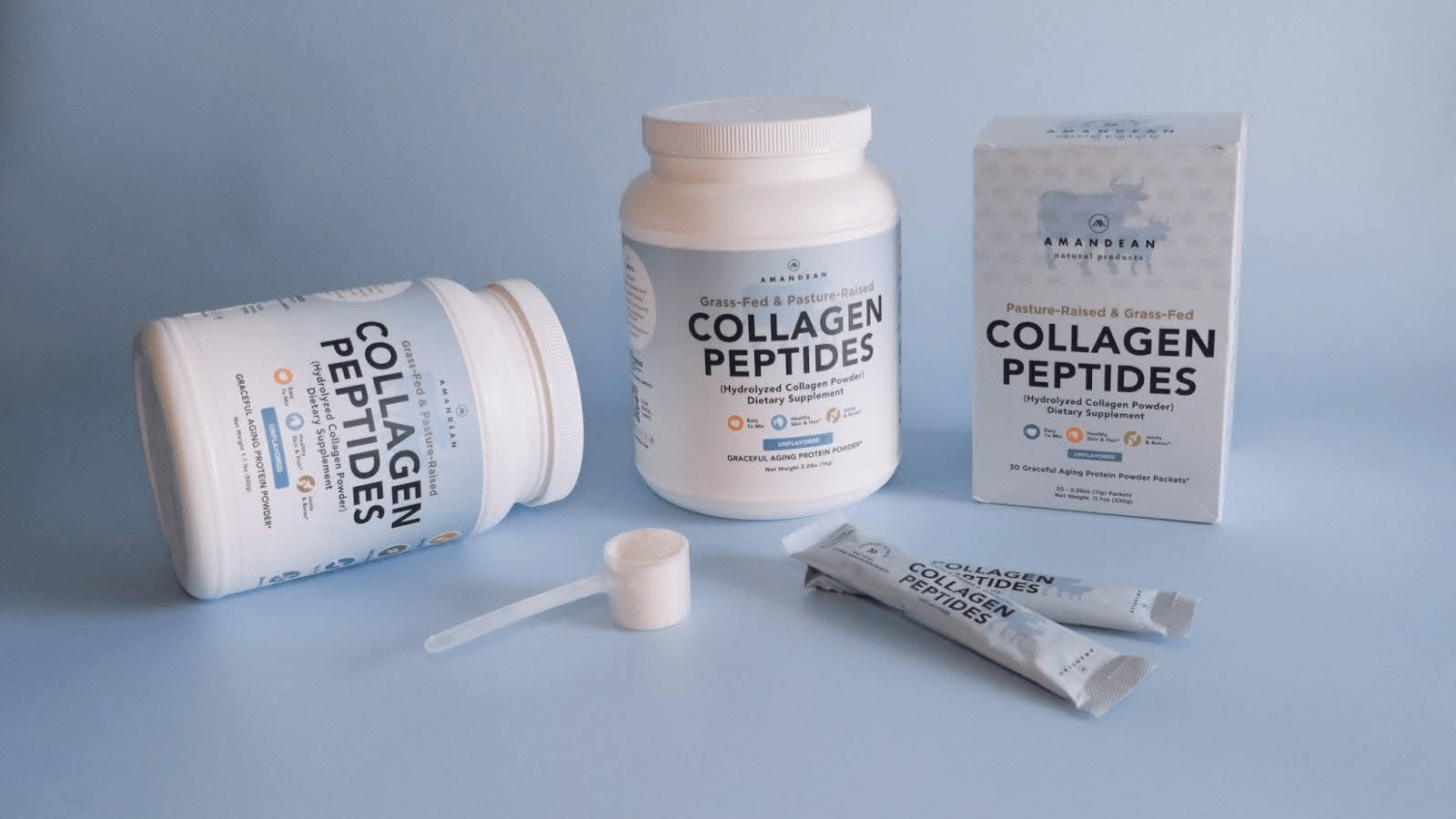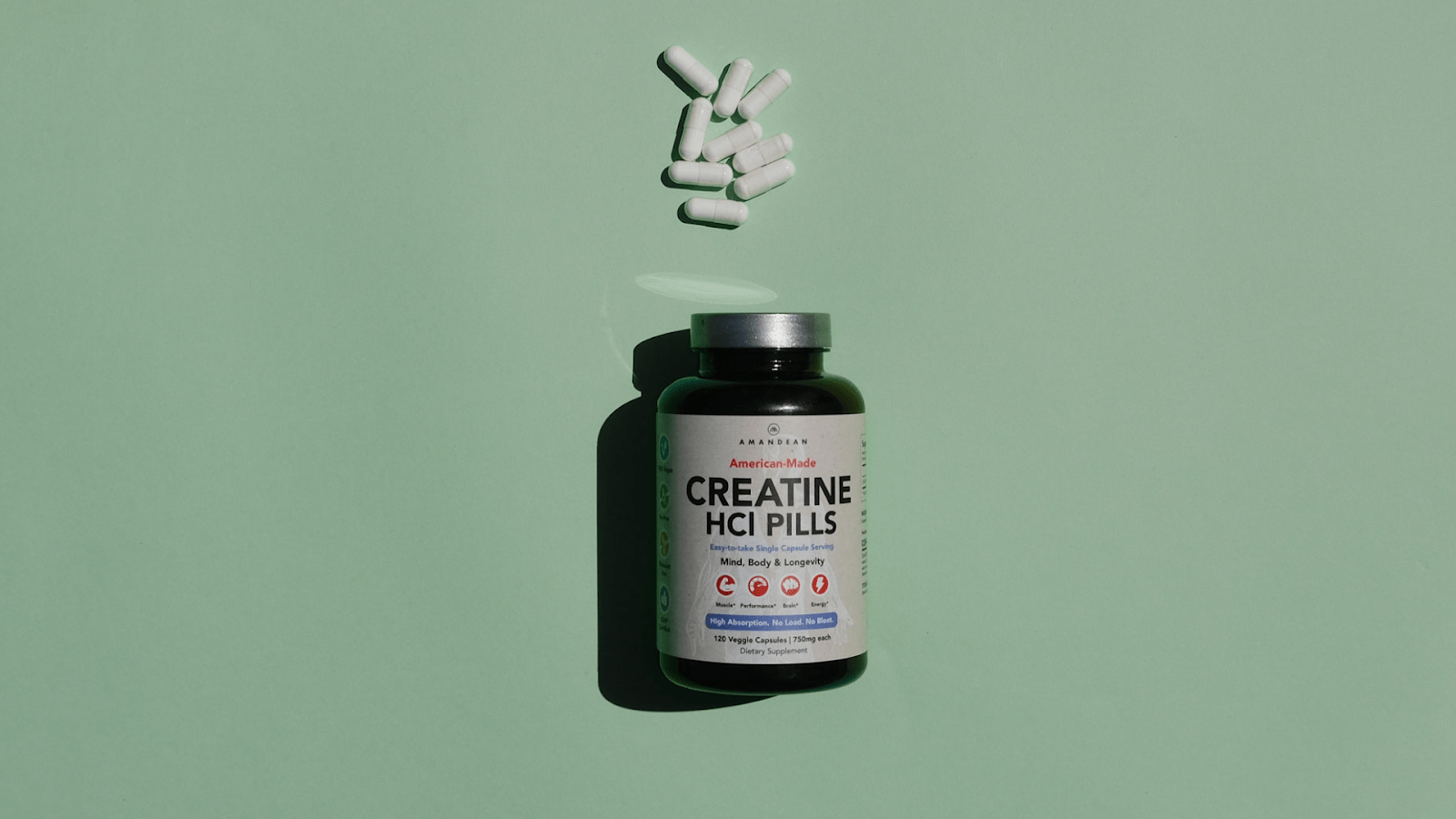Your Cart is Empty

September 10, 2021 5 min read
Whether you have type 1 or type 2 diabetes, chances are you know a thing or two about carbohydrates. Carbs need to be watched very carefully to regulate blood glucose levels and minimize insulin resistance. However, whether you want to prevent obesity and cardiovascular disease, slow the development of type 2 diabetes, or improve your diabetes care plan, you should keep an eye on your dietary fats TOO!
Fat plays an important role in the body. It protects and insulates the organs, provides necessary energy, supports cell growth, and more. However, fats are higher in calories than carbs, which means a high-fat diet can lead to weight gain, a major risk factor for both diabetes and heart disease. Since three out of four people with diabetes die of heart disease, neglecting to follow a healthy dietary pattern with low-fat and carefully regulated carbs will further your risk for heart attack and stroke.

There are four main types of fat: saturated fat, trans fat, unsaturated fat and monounsaturated and polyunsaturated fat. Each type contains different amounts of dietary cholesterol. Consuming them can also raise or lower levels of both types of cholesterol in the body. HDL cholesterol is considered “good”, while LDL is considered “bad.” This is because HDL cholesterol can be removed from your bloodstream via the liver, whereas LDL cholesterol is deposited directly in your arteries (another risk factor of heart disease). The American Diabetes Association recommends eating more monounsaturated and polyunsaturated fats than saturated or trans fats in order to avoid clogged arteries. In other words, monounsaturated and polyunsaturated fats are the good, and saturated and trans fats are the bad and downright “ugly.”

The American Diabetes Association recommends that your total fat intake should account for 20 to 35 percent of total daily calories, but as we now know, not all fats are created equally. To determine a healthy, dietary fat intake for you, talk to a registered dietitian nutritionist (RD/RDN) or your healthcare provider.
If you're looking to make better diet choices overall and find some healthy swaps to support weight loss, here's how you can find the "good" and avoid the "bad" fats in your diet.
Both monounsaturated and polyunsaturated fats have been shown to lower LDL cholesterol and decrease your risk of heart disease and stroke. Nutrition labels are not required to state how much of the total fat content is monounsaturated or polyunsaturated fat. They are required, however, to share how much trans, saturated, and total fat an item contains. To get an estimate of the "good" fat in your food, subtract the amount of saturated and trans fats from the total fats to find the remainder.
Monounsaturated fats can be found in plant foods such as:
Polyunsaturated fats are perhaps the most beneficial of all; you might know them as “omega-3” and “omega-6” fatty acids. Numerous studies have pointed to omega-3 fatty acids as a way to improve heart health, reduce the risk of heart disease and the incidence of diabetes, and reduce the risk of death from heart disease for both men and women. Similarly, omega-6 fatty acids have been linked to a decreased risk of heart disease and stroke. Supplements containing both fatty acids are regularly recommended to diabetics to improve heart and overall health and wellness. Luckily, vegan omega-3 supplements are now widely available! No more meat or stinky “fish burps”. Vegan omega-3s can provide both EHA and DPA in quantities comparable to fish oil.
Sources of Omega 3s include:

Sources of Omega 6s include:
Saturated and trans fats should be limited, if not avoided. When consumed they can increase "bad" LDL cholesterol which increases the risk of heart disease. Not to mention, many of the processed foods that contain these types of fats are also very sugar and calorie-dense and can raise blood sugar levels drastically.
Saturated fats will be listed on the Nutrition Facts label. The American Diabetes Association recommends less than 10% of one’s daily calories come from saturated fat.
Foods high in saturated fats include:
Trans fats are liquid oils that have gone through a process called hydrogenation to turn them into solid fats. Though they are required to be listed under the Nutrition Facts label, if the product contains less than 0.5 grams of trans fat, you'll often see them referred to as hydrogenated or partially-hydrogenated oils.

Foods high in trans fats include:
Above all, the key to lowering your risk of type 2 diabetes, improving insulin sensitivity, maintaining healthy body weight, and reducing inflammation (and the risk of many other chronic diseases) lies in daily physical activity and healthy diet changes. Fats, when eaten in moderation, are beneficial to your diet.

Fats are higher in calories than carbs, which means a high-fat diet can lead to weight gain, a major risk factor for both diabetes and heart disease.
Both monounsaturated and polyunsaturated fats have been shown to lower LDL cholesterol and decrease your risk of heart disease and stroke.
Saturated and trans fats should be limited, if not avoided.
Trans fats are liquid oils that have gone through a process called hydrogenation to turn them into solid fats.
The Mediterranean diet contains plenty of healthy fats including omega-3s from fatty fish, olive oil, whole grains, and lots of fruits and vegetables.
Take our quiz and find which supplements your body is craving.


October 17, 2025 8 min read
Find out why creatine is better for vegans! Boost your wellness game and unlock peak performance with Amandean's premium supplements today.

October 16, 2025 7 min read
Learn whether collagen in coffee is just another wellness fad. Examine the facts, benefits, and how to use collagen in coffee for beauty and joint support.

September 22, 2025 9 min read
Unlock the full benefits of creatine for women. Boost energy, beauty, and brainpower with Amandean’s clean formulas.